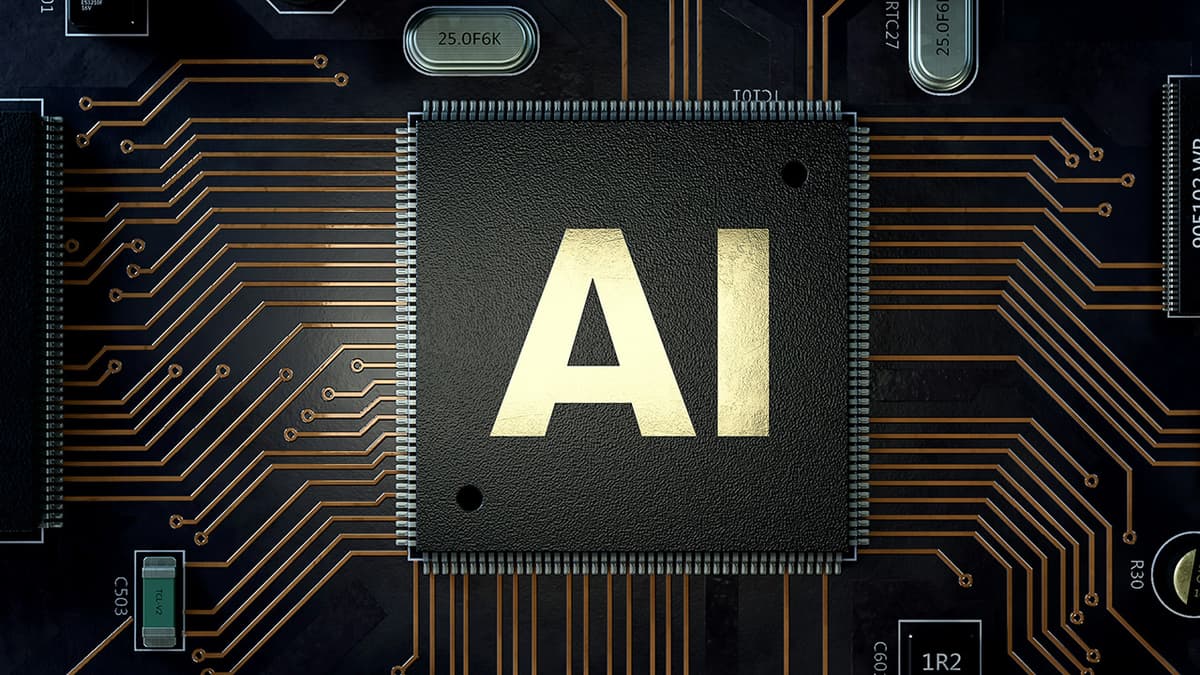What Are The Current Challenges of Autonomous Driving?
Autonomous vehicles (AVs) represent a transformative technology that promises to alter our transport landscape fundamentally. Coming in all shapes and forms, from personal cars to mass public transit, they are poised to enhance safety, improve traffic flow, and reduce emissions. Despite the significant advancements, the path towards fully autonomous driving is still riddled with challenges.
One of the primary concerns with autonomous driving is the technology's current inability to handle complex environments. Human drivers can intuitively make split-second decisions based on a nuanced understanding of their surroundings, including the behavior of other drivers and pedestrians. By contrast, AVs depend heavily on sensors, cameras, and complex algorithms to navigate roads. Inconsistent or unexpected actions by others on the road can confound even the most advanced systems, leading to potential safety risks.
Autonomous vehicles rely on a technique known as sensor fusion, which combines inputs from various sensors to form a cohesive understanding of the vehicle's environment. Despite advancements, these systems can sometimes provide conflicting information due to poor visibility, bad weather conditions, or damaged road infrastructure. Developers are tirelessly working on enhancing these sensor systems to ensure they are capable of making the right decisions regardless of external factors.
Another weakness lies in the limited operational design domain (ODD) in which AVs can perform safely. Most systems are optimized for specific conditions (like clear weather and well-marked roads) and can struggle when those variables change. This means that current AVs have a constrained geographic and environmental range, limiting their application. To expand the ODD, more robust algorithms that can adapt to a variety of scenarios are in development.
Machine learning and artificial intelligence are at the heart of the solution, offering a path to improve AV performance. Advanced AI models are being trained with vast amounts of data to better recognize and react to the diverse situations encountered on the road. The learning curve is steep, as these systems require extensive real-world testing and simulations to reach the level of understanding and adaptability necessary for safe driving.
Cybersecurity is another area that poses a notable challenge. The interconnected nature of autonomous vehicles makes them potentially vulnerable to hacking and cyber-attacks. Such breaches could lead to loss of control of the vehicle, endangering passengers and other road users. In response, cybersecurity measures are being bolstered. Efforts include encryption, secure communication protocols, and intrusion detection systems to guard against unauthorized access.
Additionally, localizing the vehicle in real-time—a process called geopositioning—is essential. Current global positioning systems (GPS) provide location data that is sometimes inaccurate or unreliable, particularly in urban canyons created by high-rise buildings or in areas with poor satellite visibility. Innovations in this space emphasize integrating GPS with other localization techniques like LiDAR and high-definition mapping to improve location accuracy and reliability.
Legal and regulatory frameworks are also playing catch-up with the technology. Crafting legislation that covers the myriad of scenarios AVs may encounter is formidable and existing laws often do not address the unique aspects of driverless operation. Legal scholars, policymakers, and industry stakeholders are engaged in ongoing discussions to create standards and regulations that ensure the safe integration of AVs into the existing traffic system.
Human-machine interaction is another field that requires attention. As we transition from fully manual to fully autonomous driving, there will be instances where human intervention is required. Designing intuitive interfaces that allow for seamless control transfer between the vehicle and the human driver is crucial for situations where the AI is unable to proceed safely without human input.
Leading companies in the field like Tesla (https://www.tesla.com/autopilot), Waymo (https://waymo.com/), and Cruise (https://getcruise.com/) are investing heavily in overcoming these obstacles. Collectively, they are designing more sophisticated and reliable systems while also conducting extensive on-road testing to refine the algorithms responsible for making life-and-death decisions.
As we press forward, the boundary of what is possible continues to expand. With each passing year, we witness notable improvements in autonomous vehicle technology. Although fully autonomous vehicles capable of navigating all conditions without human oversight are still on the horizon, the progress is tangible and accelerating.
The journey toward a driverless future is an exciting one, but it comprises small, measured advances against the aforementioned challenges. With persistent effort and a focus on overcoming the technical, legal, and social hurdles, the dream of safe, reliable, and ubiquitous autonomous driving comes ever closer to reality.












